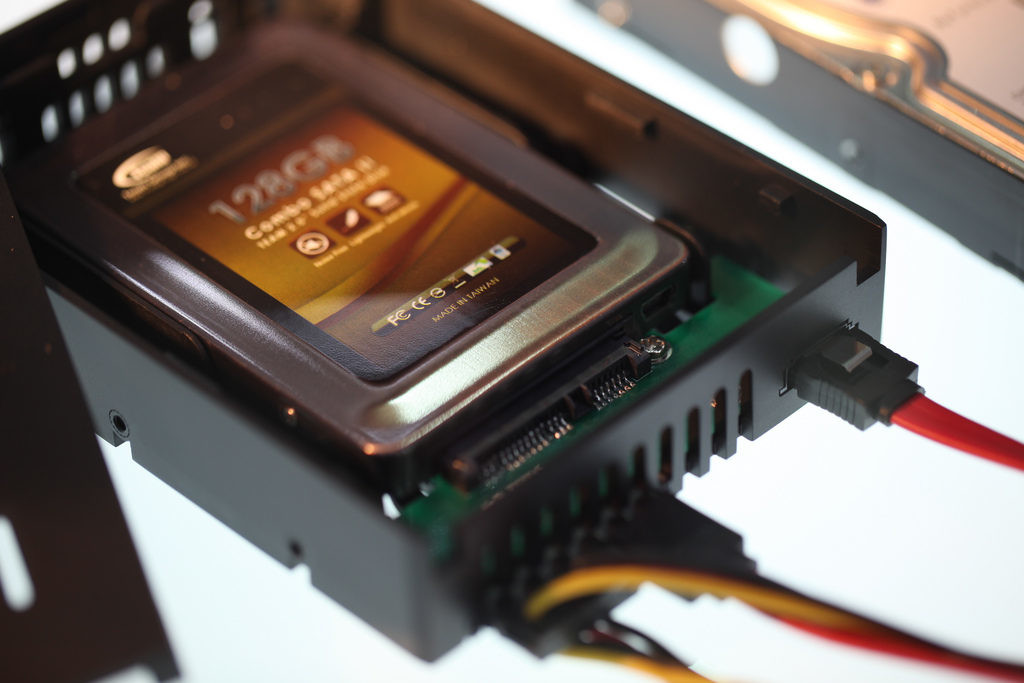
We can already say it: the SSD, or solid state hard disk, has officially replaced the HD of a lifetime (and installing them in our computers is a simple process). Every day more systems mount these discs: tablets, convertibles, consoles, PC's and, according to several manufacturers, mobile phones..
But, what has led the market to adopt this decision? An SSD is tentatively more secure, considerably faster in reading and transmitting data and, above all, it does not suffer as much degradation over time.
If in the traditional discs of plates, axis and needle, the reading implied an almost obligatory deterioration, with this type of cells there are no mechanical parts —but chemical reactions—. And of course, by replacing the mechanical elements, noise and the need for extra ventilation is reduced..
The interface: the differential element of an SSD disk
Let's start with the most ignored and, in turn, the most relevant part. Depending on the type of interface and connection protocol your hard drive uses, it will be more or less fast in data transfer .
SATA connections offer transmissions of 100 to 600 MB / s, while the most current PCI Express connections have a theoretical limit of 64 GB / s bidirectional. Version 4.0 has a maximum bandwidth, per lane, of 15.8 Gbit / s. If we look at initiatives such as Lenovo's Project Spark, they have achieved a stable speed of 12 Gygabites per second , via PCI-Express, on SSDs up to 48TB, a historical record..
Of course, this extra power also translates into the price. Also, many systems today do not have a PCI Express output. If we want to mount an SSD, for example, in a laptop, we should think about the SATA III interface, which offers around 540 MB / s. The 250 GB revolve around 80 euros ; the 500 around 150 euros.
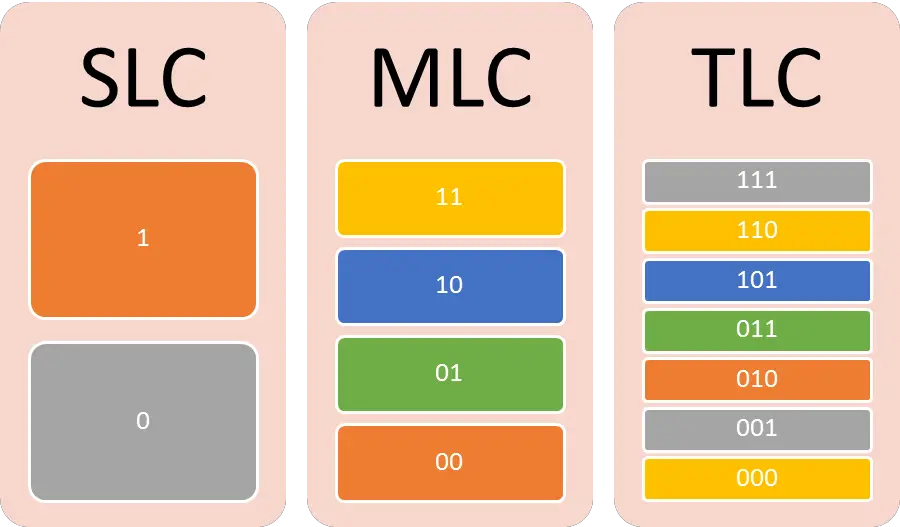
The format: it's not just a question of size
There are several versions of SATA SSD, in any case. We have them, from highest to lowest, of 3.5, 2.5 and 1.8 inches. The most common are the intermediate ones , they are the ones chosen to mount the physical memory of laptops and convertibles.
A 2.5-inch SSD usually does not exceed 9.1 millimeters, the standard being 7 mm. M.2 type drives are the most common, but nevertheless we can always buy a case according to our needs. We can adapt any of these three formats without compatibility problems.
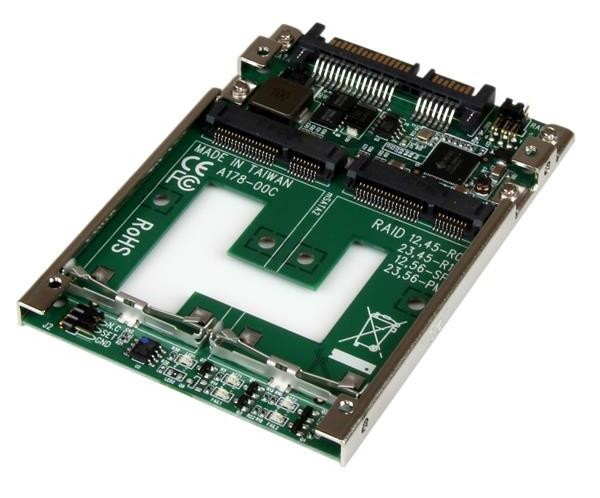
Why are some more expensive than others if they have the same space?
Once we have determined the format and the connection interface, we are left with something very important: space. Here's another factor: the better the technology, the more expensive the SSD . We can find first-time discs of single-cell technology (SLC) at bargain prices, probably with little space. And we can run into monsters with Triple-Level Cell (TLC) technology that triple the price.
These protocols refer to the internal composition of cells - number of bits stored per cell , to be exact. More advanced flash memory can be as high as six times the price of a regular MLC.
And why do you have to take all these acronyms into account? Because the useful life of our SSD depends on them . A simple analogy: the technologies that are able to contain the least memory are, in turn, those that have the longest useful life. That is to say: do not look for the largest SSD hard drive , since the technology has not yet been developed so much as to find prices similar to traditional HDs. Look for the fastest, most agile and transportable.
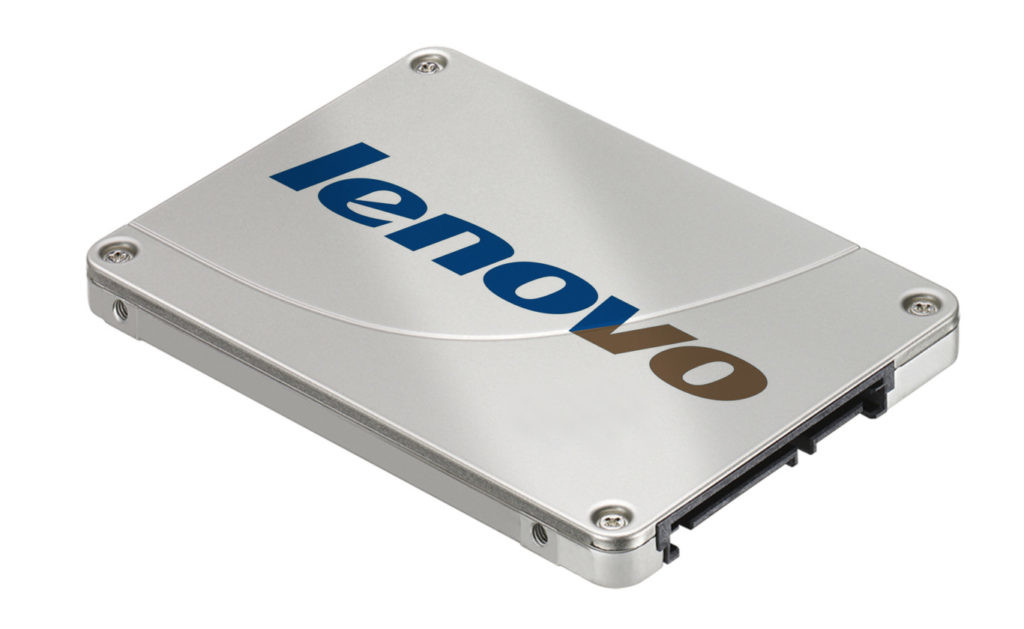
Thinking in the future
When we think of an SSD we think of something volatile. By their own composition, these discs have a limited number of read and write cycles . After this period, the disk dies and the information becomes irretrievable. But things have changed a lot. We have gone from 20TB of write data - about two years, depending on the use that is given - to 300-350 TB, that is, enough life for 30 years of continuous use.
An annex: there are applications that monitor the use of your SSD and, based on that ratio, predict a life limit. SSDready is a fantastic tool to find out this information. The ratio will always vary depending on the use: for example, 10GB of writing per day means about 25 years of useful life . Furthermore, this degradation is less and less thanks to technologies such as TRIM, an order that makes the Operating System pass specific information to the exact blocks where it is located, either to erase or write, saving reading time and reducing deterioration.
As we said, current SSDs are robust and reliable, withstand transport and shocks much better than any HD of dishes. So the Achilles heel of traditional hard drives here is not such: the drives can be stacked in poorly ventilated areas and will continue to function "almost" the same.
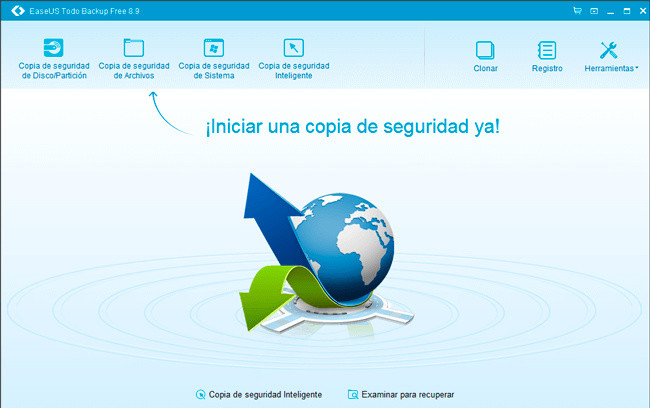
Cloning our old files
There are already a multitude of tools to copy not only files but also the internal structure by folders. AOMEI Partition Assistant Standard is an ideal free option to create partitions and migrate our data from one HD to another.
And do not forget that here you have a complete guide to take care of the health of the hard disk, whatever the format, and here another installation guide to protect our SSD.
Code red: maximum security
Finally, it should be noted that one of the great virtues of these new albums is their safety. Whether it is for businesses or private users, erasing an SSD is much more secure, as the information is not overwritten, it is actually made to disappear.
SSDs are like large "pen drives", they use NAND memory, similar to RAM, only it is not volatile. That is: it remains saved until you decide to delete it, it does not need to be receiving a constant power supply. After a single format, computers using this command have been shown to reduce data recovery rates by as much as 27% . With three formats it will be gone forever.

So now you know, not only because they are lighter, more portable and faster: SSDs are also an ally in case you want to erase data in the future without fear that someone will recover it and steal it from us.